Animal Waste Supply CFD Simulation, ANSYS Fluent Training
Animal Waste Supply CFD Simulation, ANSYS Fluent Training
- Upon ordering this product, you will be provided with a geometry file, a mesh file, and an in-depth Training Video that offers a step-by-step training on the simulation process.
- For any more inquiries regarding the product, please do not hesitate to reach out to us at info@CFDLAND.com or through our online support assistant.
€185.00 Original price was: €185.00.€115.00Current price is: €115.00.
Animal waste supply includes collecting, processing, and using the garbage that animals produce. It is an important part of sustainable farming and environmental management. The animal waste is stored in a chamber and the biogases can be separated to another chamber via installed pipes. See Fig. 1, which shows a schematic of an animal waste supply. The current CFD study relies on an industrial apparatus and aims to investigate the biogas rises from the waste.
Figure 1: Schematic of Animal waste supply CFD simulation
Simulation Process
The animal waste supply system is established from two chambers linked via implemented pipes. The CFD simulation benefits from a two-phase flow modeled using the Volume Of Fluid (VOF) multiphase model. According to the literature, this model is best fitted in cases where the structured grid is generated. Thus, we produced 206018 hexagonal cells via ANSYS Meshing. The study takes place over time, so a Transient (unsteady) solver is utilized.
Figure 2: Structured grid of animal waste supply CFD simulation
Post-processing
The modeling results for the animal waste supply system at 2334.68 seconds show that the air in the two-chamber setup is distributed clearly (Phase 1). The deeper purple color of the smaller chamber on the left means that the air volume fraction is very low, close to 0. The bright red color of the bigger chamber on the right, on the other hand, means that the air volume fraction is high, close to 0.957. The big difference between the two chambers is that the left chamber is mostly waste (Phase 2), and the right chamber is mostly air. This is exactly the application of animal waste supply. See Figure 3. The left supply, which is mostly full of animal waste, is probably where the waste was first injected or stored. The right chamber, which has a lot of air, could be where processed trash or biogas is collected. The fact that air and waste are separated between the two rooms shows that the transfer process works well, which could show how waste moves from the storage area to a processing or gas collection unit. Check out the animation from the beginning of the waste injection to the biogas escape.
Figure 3: Volume fraction of animal waste supply
We pride ourselves on presenting unique products at CFDLAND. We stand out for our scientific rigor and validity. Our products are not based on guesswork or theoretical assumptions like many others. Instead, most of our products are validated using experimental or numerical data from valued scientific journals. Even if direct validation isn’t possible, we build our models and assumptions on the latest research, typically using reference articles to approximate reality.
Yes, we’ll be here . If you have trouble loading files, having technical problems, or have any questions about how to use our products, our technical support team is here to help.
You can load geometry and mesh files, as well as case and data files, using any version of ANSYS Fluent.
€195.00 Original price was: €195.00.€145.00Current price is: €145.00.

€195.00 Original price was: €195.00.€150.00Current price is: €150.00.

€190.00 Original price was: €190.00.€125.00Current price is: €125.00.

€195.00 Original price was: €195.00.€135.00Current price is: €135.00.

€205.00 Original price was: €205.00.€155.00Current price is: €155.00.

€330.00 Original price was: €330.00.€199.00Current price is: €199.00.



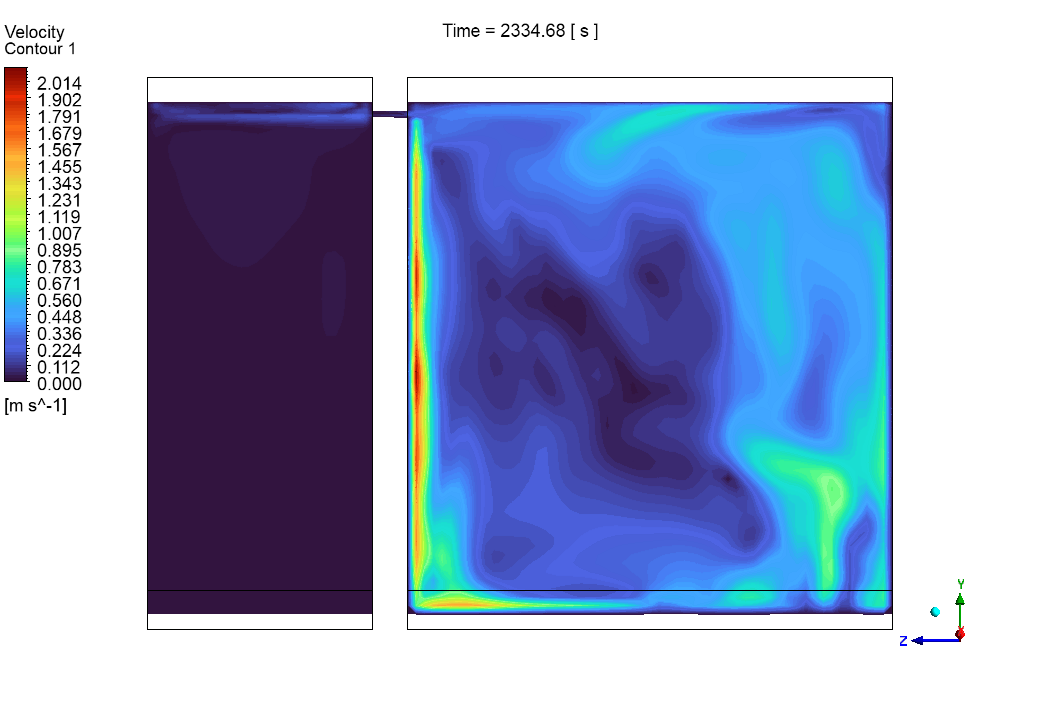
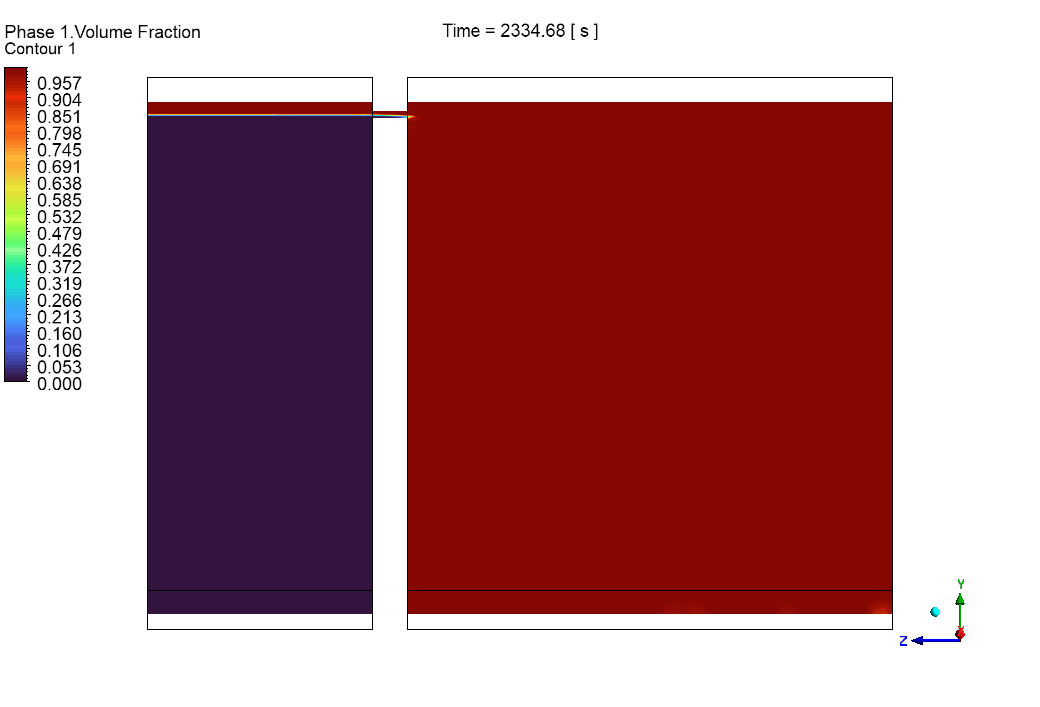
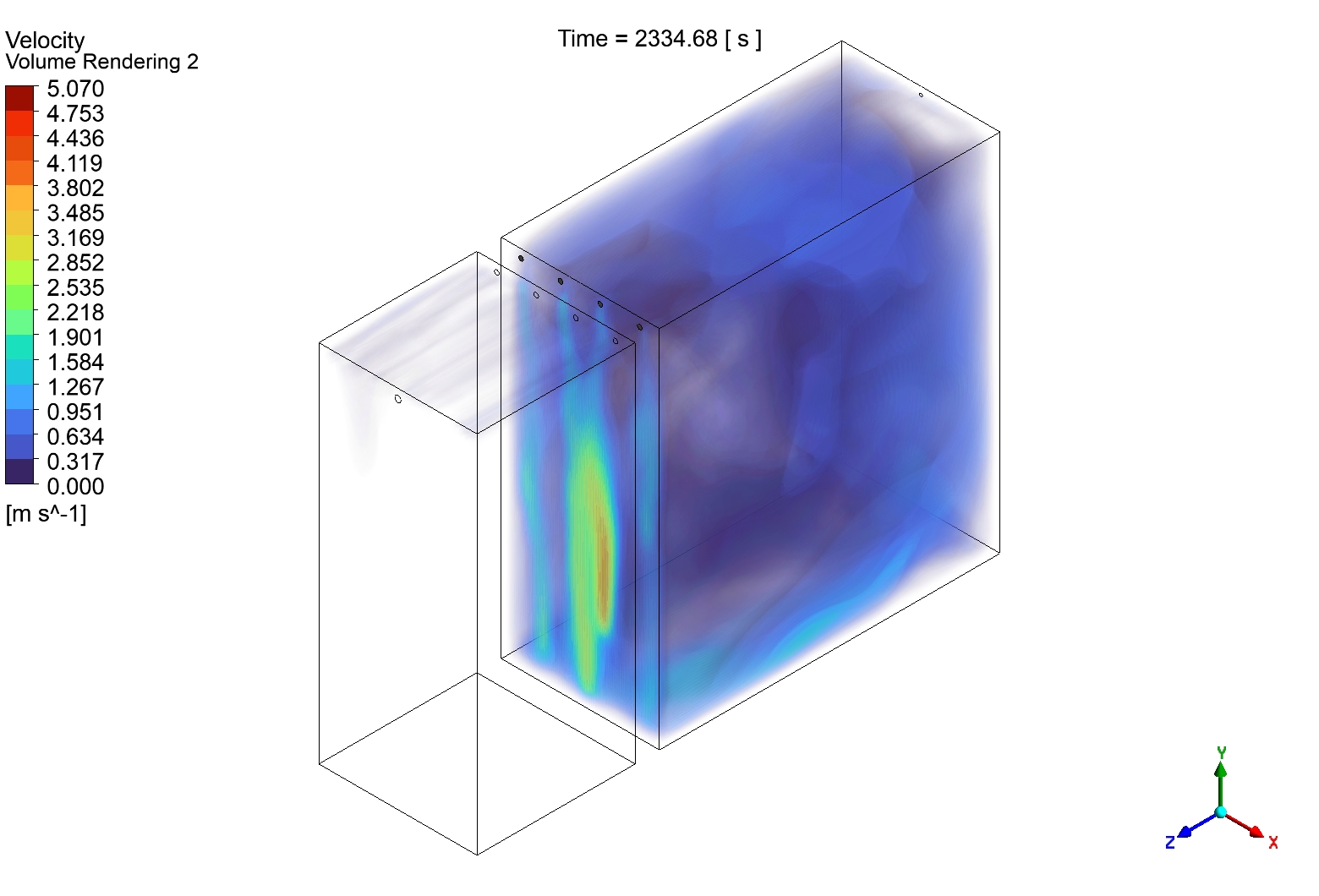
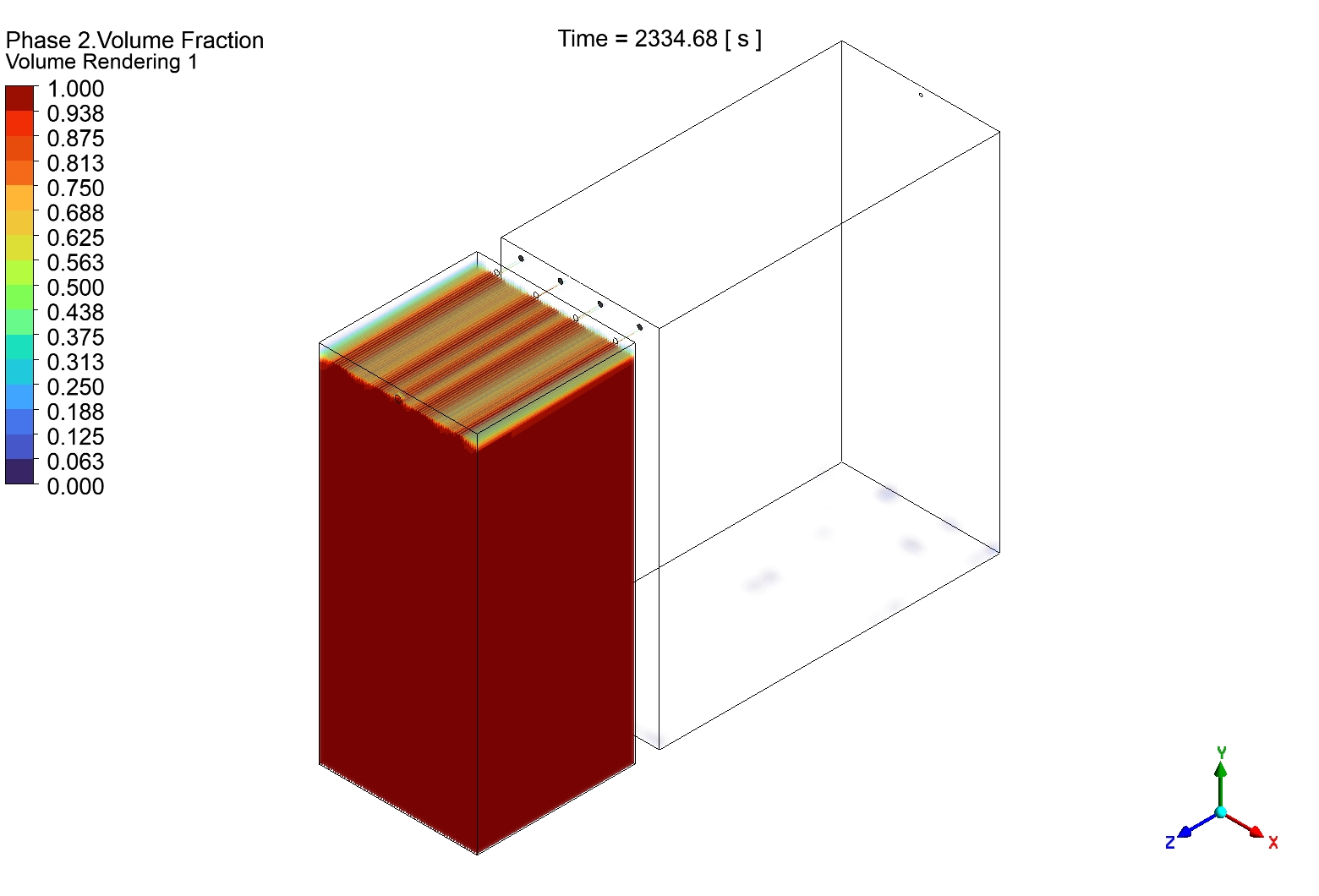
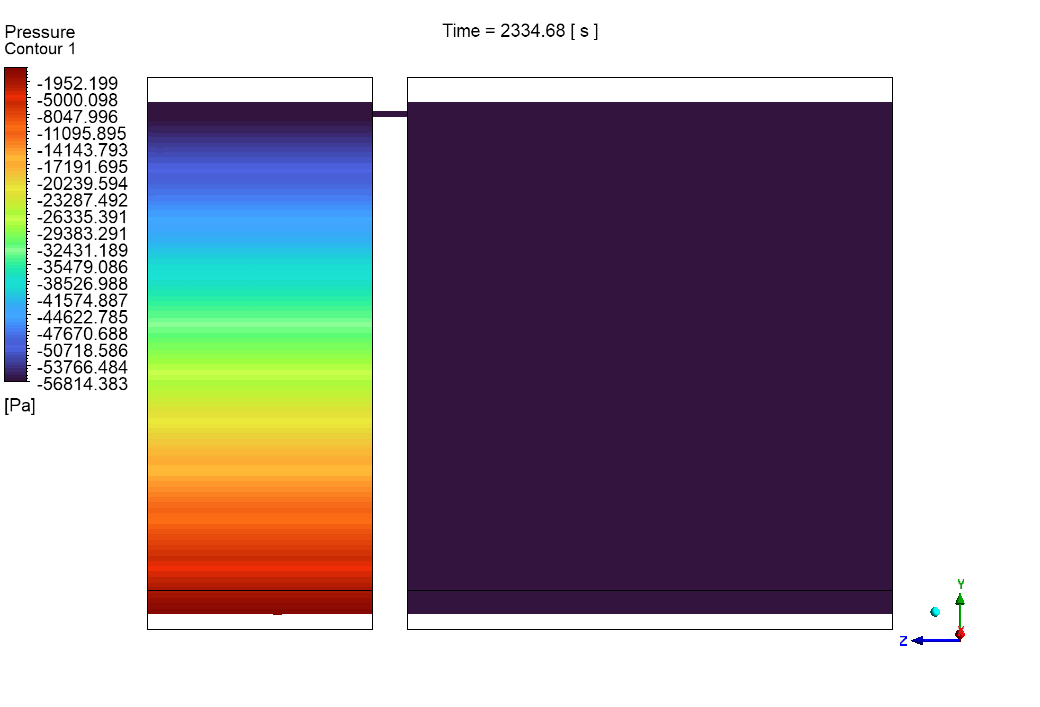
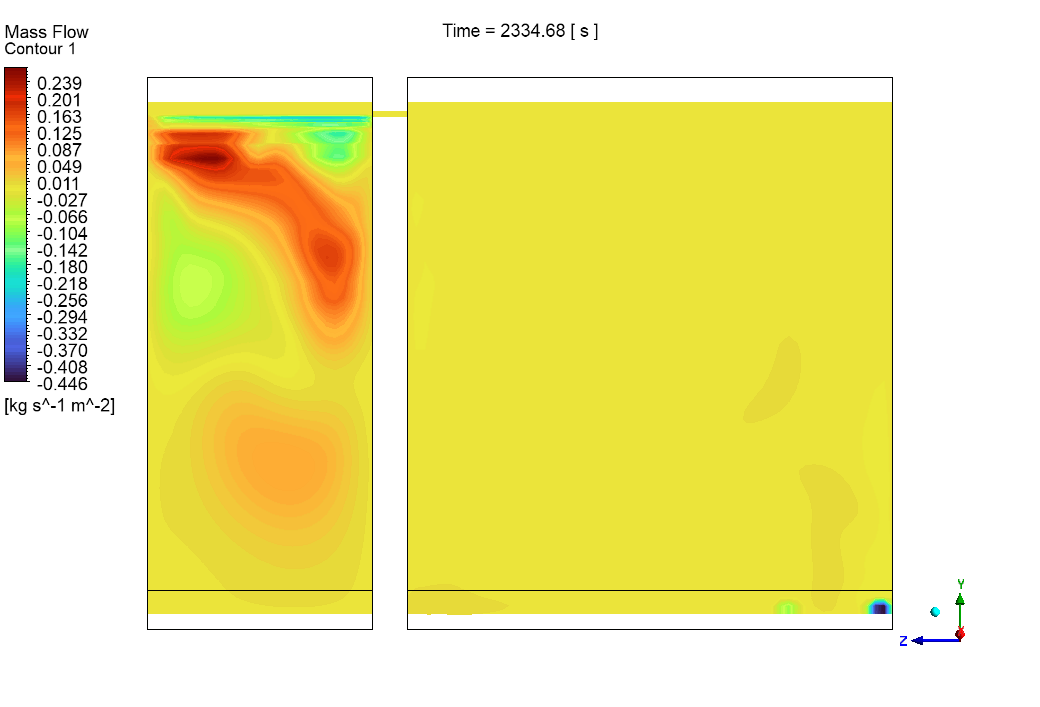
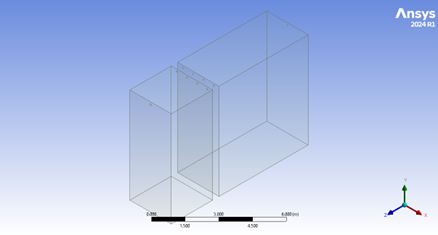
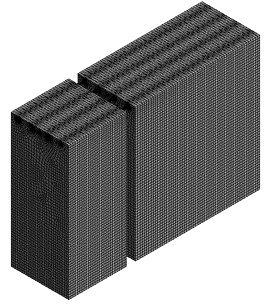
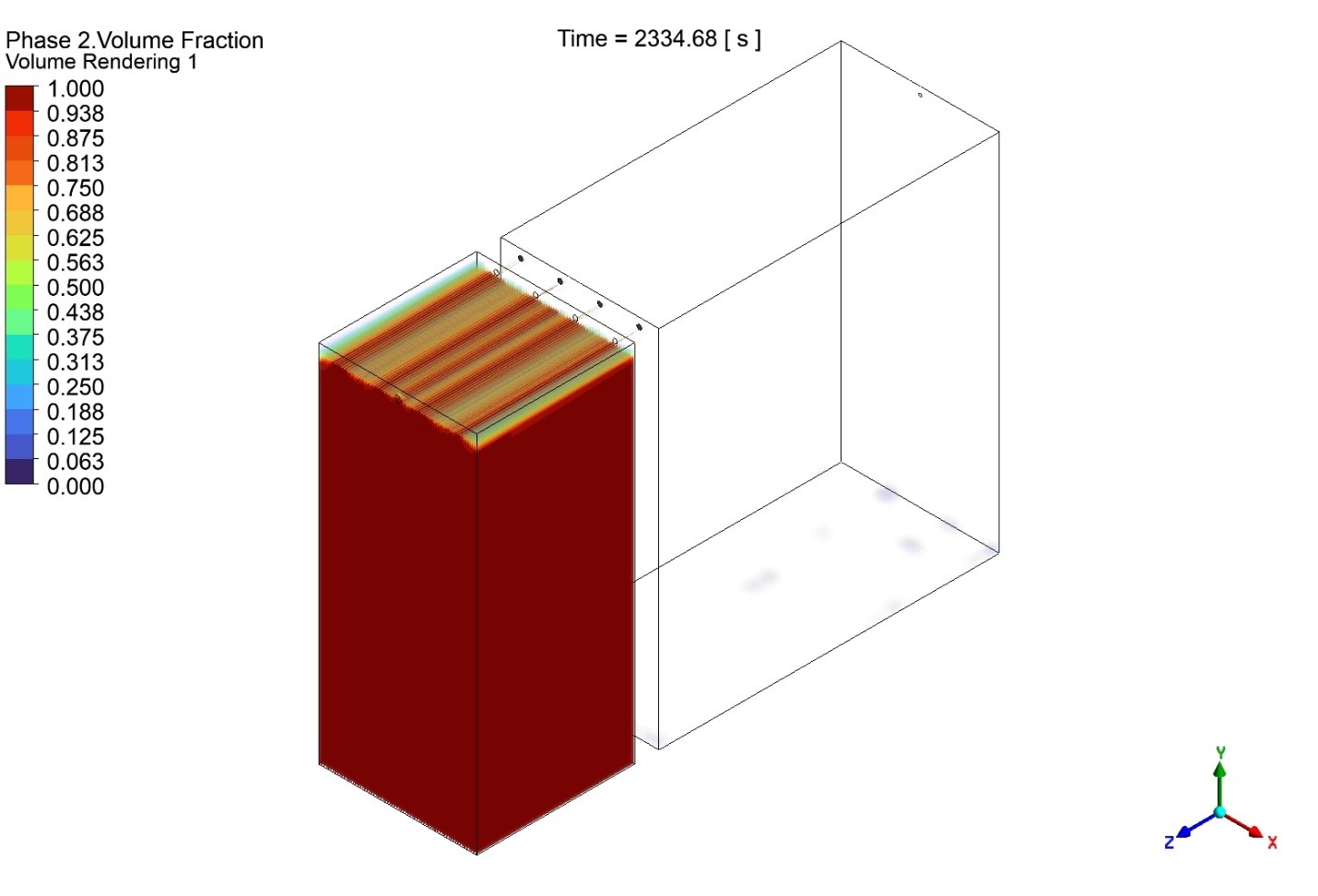





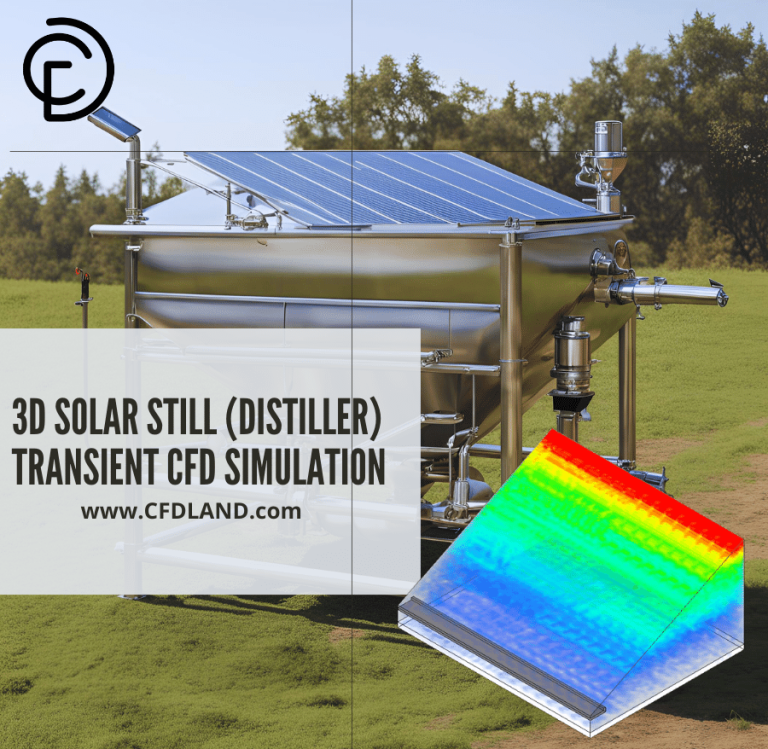
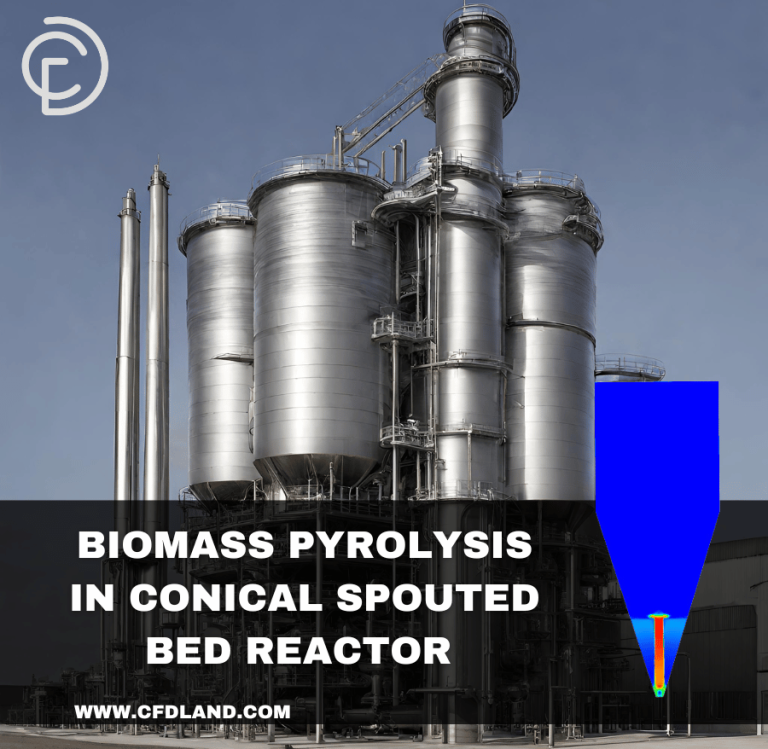
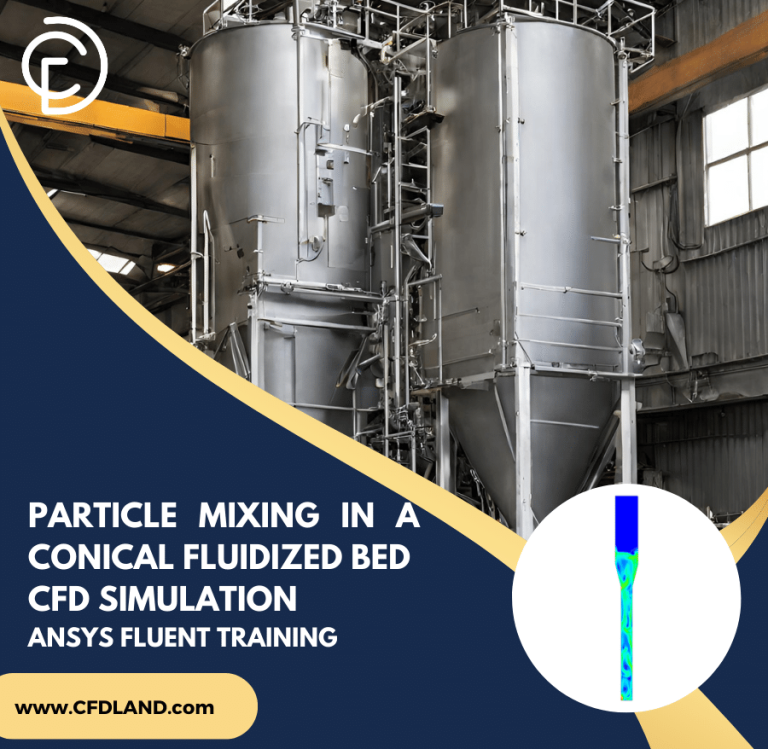
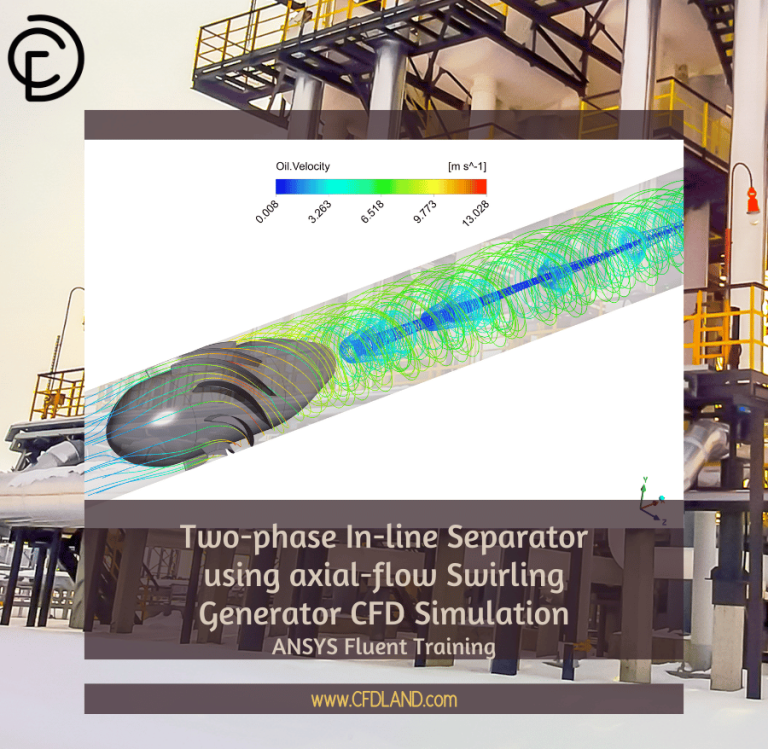
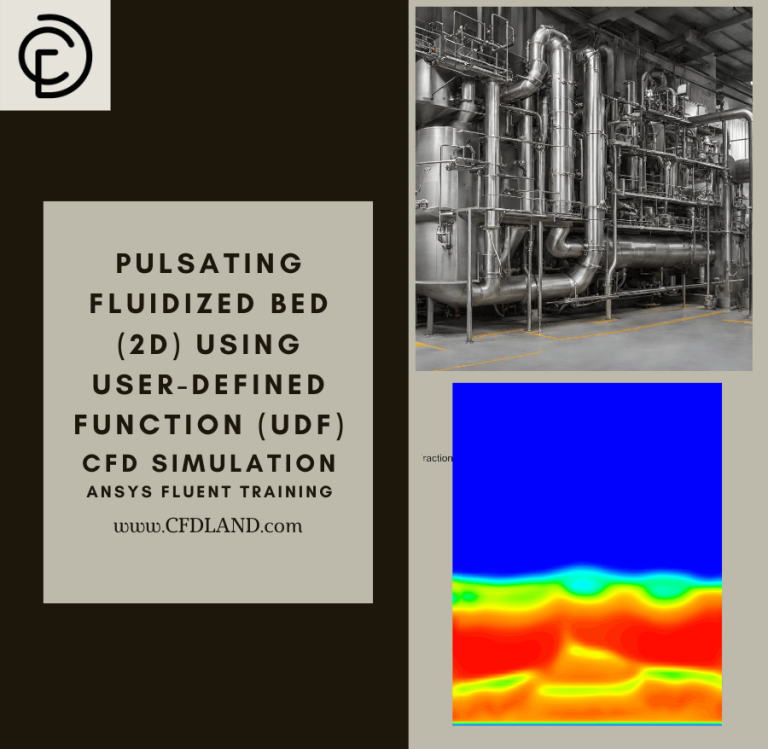
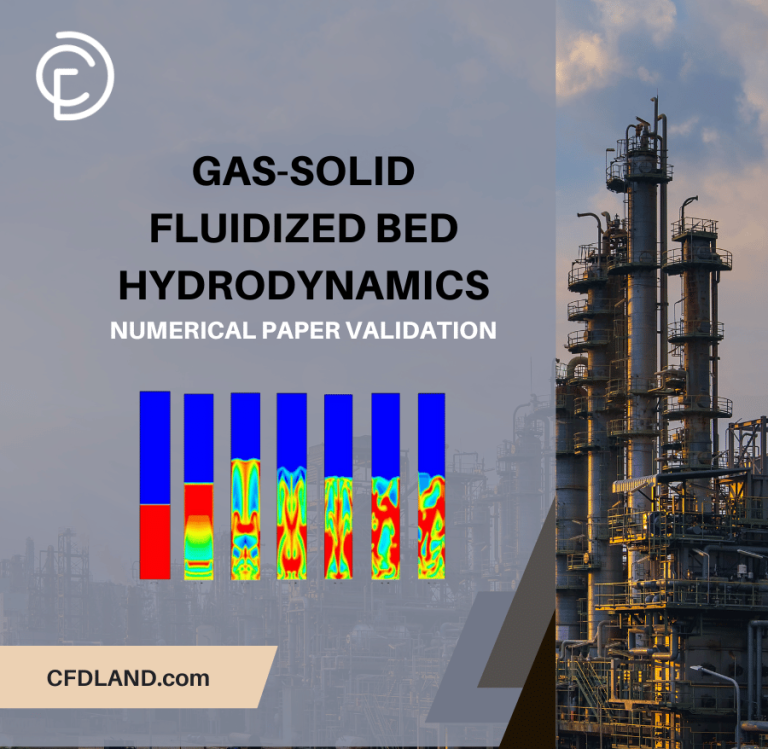
Reviews
There are no reviews yet.